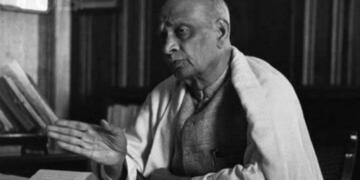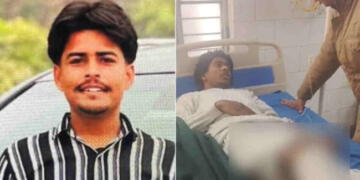Almost three decades ago, many former Soviet Union countries gave up nuclear weapons after Russia and the United States guaranteed them safety. However, three decades after the break-up of the Soviet Union, now an aggressive Russia under Vladimir Putin, which wants to keep NATO away from its doors, is becoming a problem. For the last three decades, NATO has expanded exponentially and reached the doors of a weak Russia.
But under Putin, Russia wants to regain influence over former Soviet Union countries including Ukraine, and many countries are caught in the middle. Now, these countries are not able to defend themselves from Russia or America because they do not have nuclear weapons. In traditional warfare, these countries stand nowhere when compared to large countries like Russia or the United States.
Now they stand helpless and feel cheated because they gave up nuclear weapons in the name of non-proliferation and peace. The biggest lesson to draw from this is that the countries that do not have nuclear weapons will be gulped by bigger neighbours.
Also Read: It was Biden who pushed Ukraine towards an unwinnable war and then did nothing
Indian leaders had the wisdom and bravery to pursue the development of nuclear weapons as well as testing despite pressure, sanction, and warnings from countries around the world. And this is the reason the country is secure today despite facing security challenges from two fronts. We will never be in a situation like Ukraine, thanks to nuclear weapons.
In India, even pacifist and fabian socialist Nehru, who made many blunders on the foreign policy front, was wise enough to pursue nuclear weapons development.
While it is true, that Nehru rejected Kennedy’s invite into the NSG and P-5 by the US, claiming that India would have no intention of ever working on a nuclear device; it is equally true, that Dr Homi Jehangir Bhabha and Vikram Sarabhai were at the same time working to put in place the infrastructure and knowledge that would later go onto making Buddha smile.
They, at many times, worked behind Nehru’s back in terms of creating dual-use technologies, and at many times pushed Nehru to allow for funding for nuclear physics which would have been otherwise shut down. The next stage of the journey was to the first weapon trial in 1974, based on Bhabha’s work of the late 50s but delayed due to Nehru’s intransigence and Bhabha’s death (or murder).
Also Read: Who killed Homi Bhabha? The mystery behind India’s nuclear pioneer’s death
However, this continued to be similarly couched in Nehruvian terms of the test being a “peaceful nuclear explosion” and full weaponization continued to be shackled. Nevertheless, there continued to be talks of weapons being available as “fissionable material” which could be put together into a warhead if needed. Yet work on full weaponization had continued under wraps, and its disclosure had to wait till PM Atal Bihari Vajpayee successfully executed the aborted attempt by Narasimha Rao a few years earlier.
With the continued efforts of multiple governments, India finally had a proven nuclear capability by the end of the second Millennium. Thus, the credit goes to all former Prime Ministers – many of whom did not contribute much but at least they did no harm.
Also Read: How Nehru ignored Homi Bhabha and delayed India’s nuclear bomb?
The importance of such wisdom is clear today because the three decades of American dominance is over and the world is facing instability once again. In such a situation, being AatmaNirbhar in defence through nuclear weapons would stabilize the country, thus helping the economic growth and power projection.
The countries that do not have nuclear weapons and do not have good relations with the comparatively powerful nuclear-armed neighbouring country are in danger. Ukraine, which gave up nuclear weapons under the pretence of peace, is the best example of what is the future of these countries. Thus, India should take a lesson from this and abandon even the no-first-use policy.





























